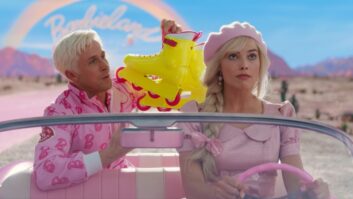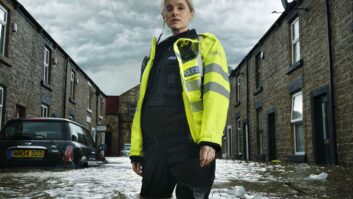Even for someone with a résumé stretching back 25 years and including cinematic landmarks such as Lincoln and The Hunger Games series, there are some invitations that you don’t need to ponder for long. “I don’t know who would turn down an opportunity like this,” says Brandon K McLaughlin of his role as special effects coordinator on Killers of the Flower Moon (KOTFM), directed/co-written by Martin Scorsese and starring Leonardo DiCaprio, Lily Gladstone and Robert De Niro.
Scorsese’s 27th full-length narrative feature, KOTFM takes us back to 1920 Oklahoma and a series of murders committed against members of the Osage Nation, a Midwestern American tribe of the Great Plains, after the discovery of oil on tribal land. Providing an unflinching insight into the brutal racism and entitlement of white settlers, KOTFM is the latest in a sequence of passion projects that suggest an epic culmination of Scorsese’s storied career (an impression further underlined by the recent passing of one of his most important collaborators, composer/music supervisor and The Band co-founder Robbie Robertson, to whose memory the film is dedicated).
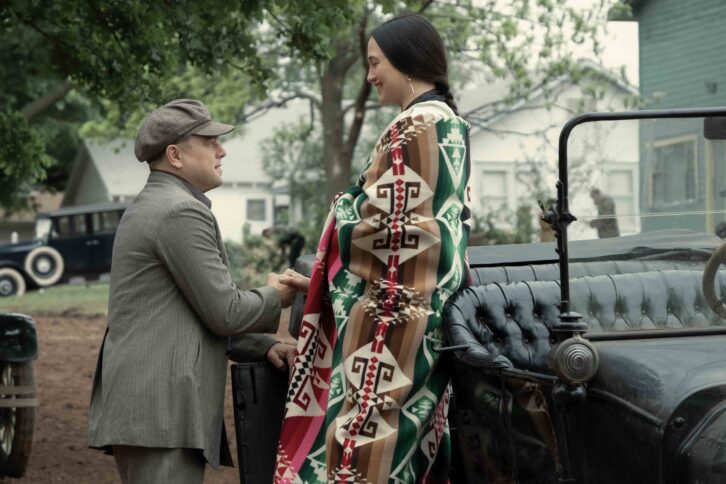
The “magnitude” of the project quickly impressed itself upon McLaughlin. “As soon as I got the script I could see the extraordinary scale of the movie,” he confirms, adding that the laser-like emphasis on accuracy was also evident from day one: “One of the very first conversations [with Scorsese] was about staying as true to the story as possible, which included shooting in the locations where it happened. So that meant the whole film production moved out to Oklahoma and lived out in the middle of nowhere to shoot in exactly the towns where this all took place back in the 1920s.”
Such dedication to authenticity is not exactly commonplace these days. “A lot of the time now you go to locations because they’re offering tax incentives,” notes McLaughlin. “So it was fun to actually go and shoot on the [actual] location, which I hadn’t done in a long time.”
Not surprisingly for a director who has made so many pictures, Scorsese had well-developed ideas about the role of special effects in KOTFM. “It’s Marty; he’s done a lot of films, including a lot of big effects films,” states McLaughlin. “Plus he’s a very visual person. So it was more a case of finding out exactly what he wanted and then thinking about how to achieve that, although there were a couple of things – such as the vault explosion – where I was initially given more of a general overview.”
‘Oil doesn’t do that in reality!’
For a film in which set-piece moments are often freighted with symbolism and a wider significance, the special effects needed to be perfectly calibrated. “There was one conversation that had to take place about the shape and colour of the oil for the opening sequence because in the script it said the oil came from the ground and people were dancing around and it was raining on them,” recalls McLaughlin. “Now, oil doesn’t do that in reality! But one sit-down meeting with just [myself and Scorsese] was enough to get the details that I needed to move forward with the effects for that sequence.”
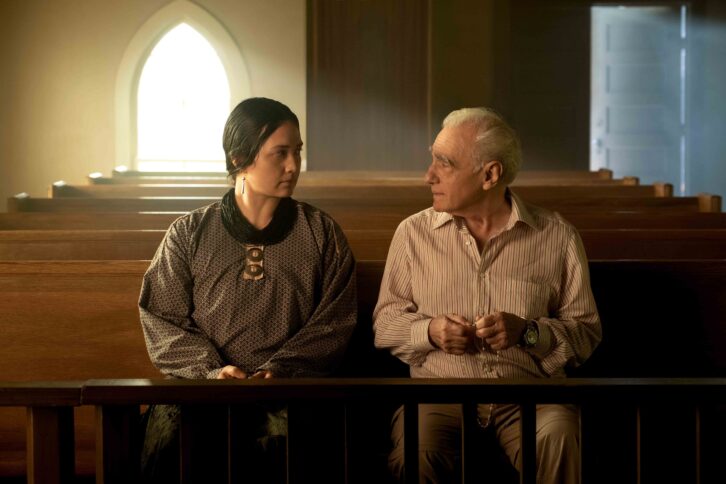
Like other key technicians and creatives involved in the film, McLaughlin did plenty of reading about the time period in which KOFTM is set. “There was a lot of diving back into history and finding out what was the actual device used to blow up the house [for example],” he says, before adding that contemporary methods were regularly used to achieve period results: “Even though you do use modern technology, there are lots of small bits and pieces that you can do – for example, adjusting pressures or nozzle sizes – to ensure that it fits the time period.”
McLaughlin also benefited from a strong alliance with KOTFM’s visual effects supervisor, Pablo Helman, having worked with him on several previous projects. “Visual effects supervisors and special effects coordinators work hand-in-hand, and it’s always a process of give and take,” he says. “It’s like a marriage for the length of the film! It’s fun when you get to collaborate with people like Pablo, who you’ve worked with before because you know what each others’ capabilities are.”
Perhaps surprisingly given the 3hr 26m run-time, the location shoot lasted just over three months. No Kubrick or Coppola-esque year-long shoots here, then. “There are some films you get on and it’s just like watching somebody drop a box of ants and then have them run all over the place, bouncing off each other,” laughs McLaughlin. “But this was very calm and scheduled. Marty is very, very organised and he hits the ground running. There are no 50-take [scenes]; it’s more like three or four, then you move on. Everybody’s well-informed about what’s happening.”
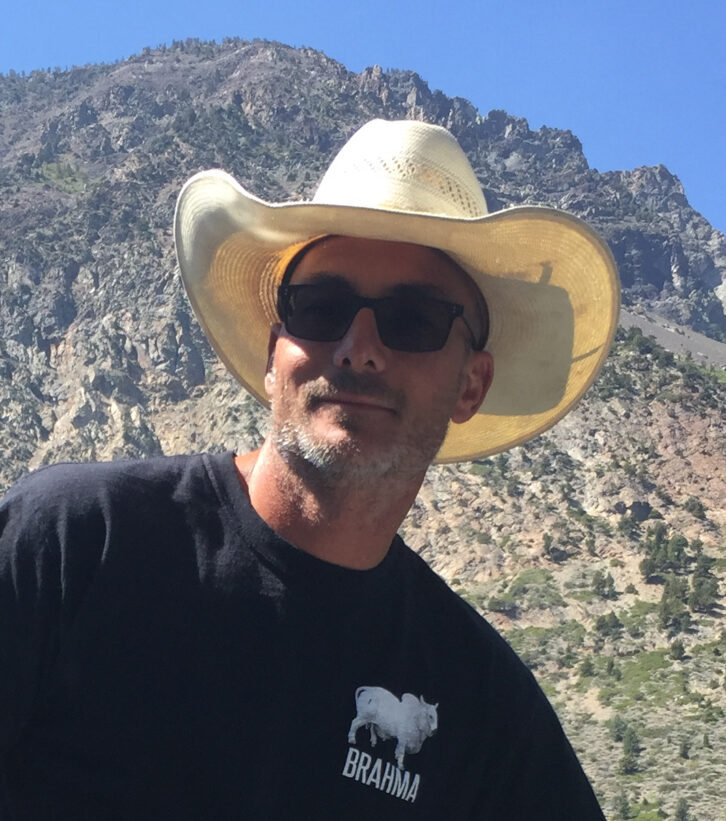
This is probably just as well given the challenging conditions that affected parts of the shoot. “There were times when it was 102 degrees with a humidity of 90 per cent, which was pretty brutal [and meant that] we had to rotate crew members because it was so hot.”
Still, the results show that it was all worth it, and one particular moment – at the conclusion of prepping the aforementioned vault explosion – is likely to linger long in the memory. “I must have tested that 10 or 15 times until I felt that I had something good enough on film to show Marty. But when I did finally play it for him, just the two of us, he goes: ‘Oh my God, that’s it!’ And then when we went and shot it on the day, it was one take and he clapped!”
For McLaughlin, it’s precisely these moments that fully validate his occupation. “It can take a lot of time to get to that position, but when you nail it and put a smile on the face of a director – and not only a director, but Martin Scorsese! – then it really sends it home and reminds you of why you do your job.”

